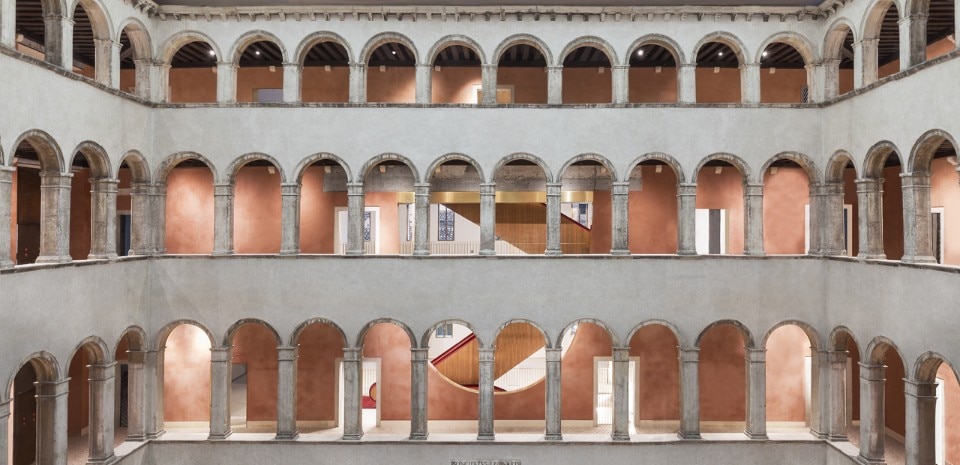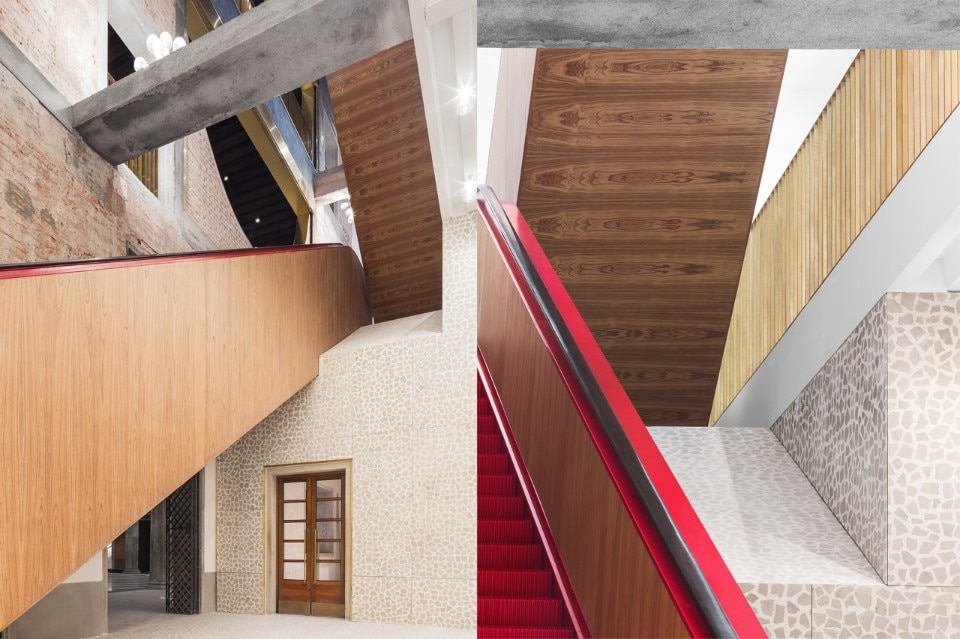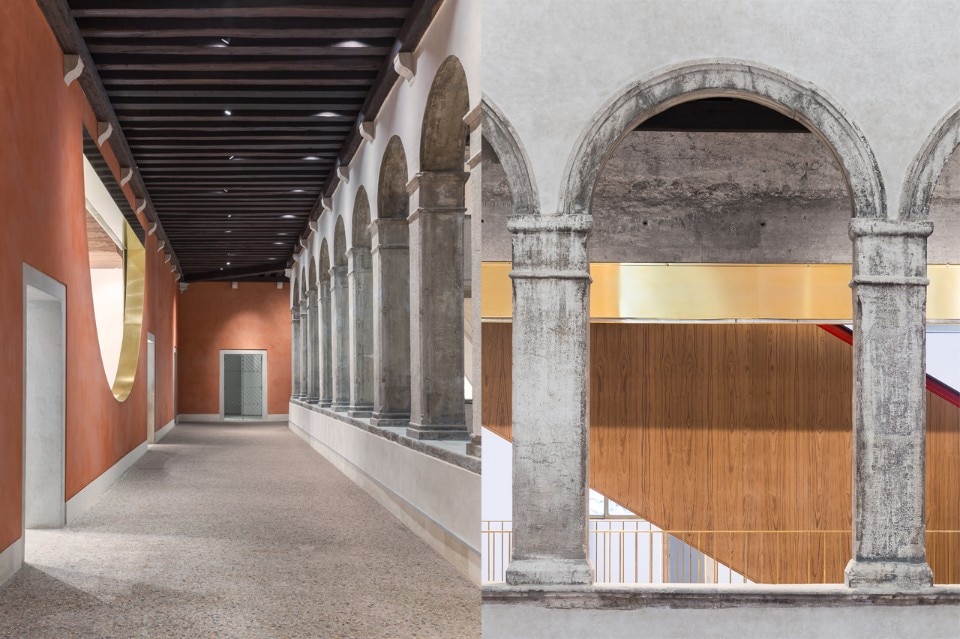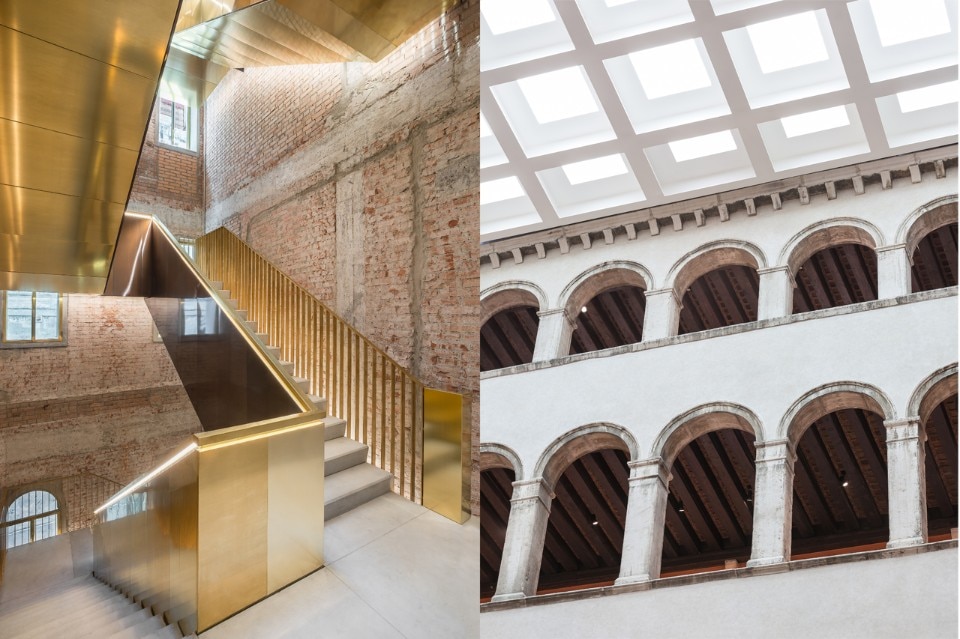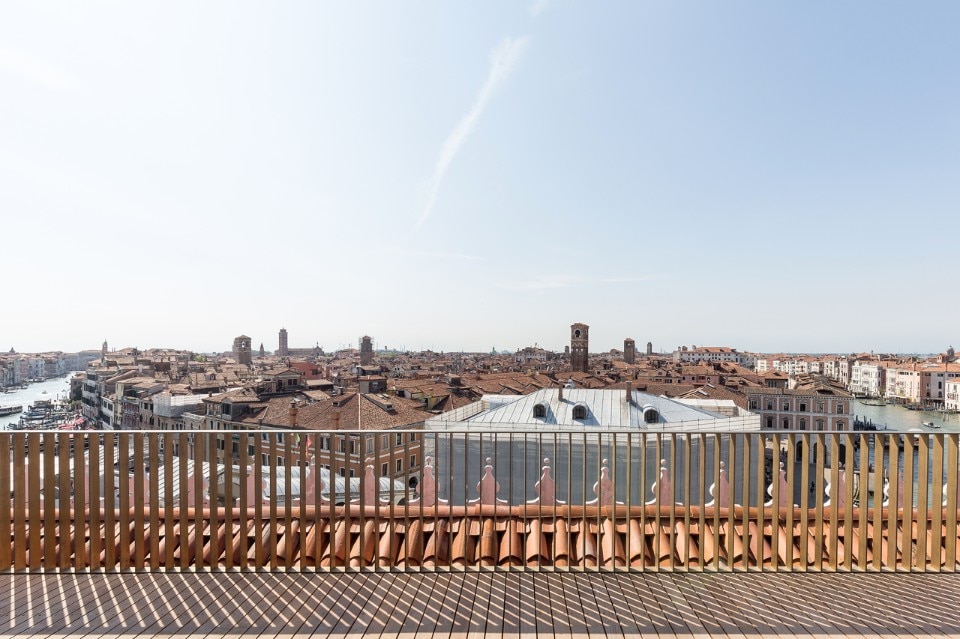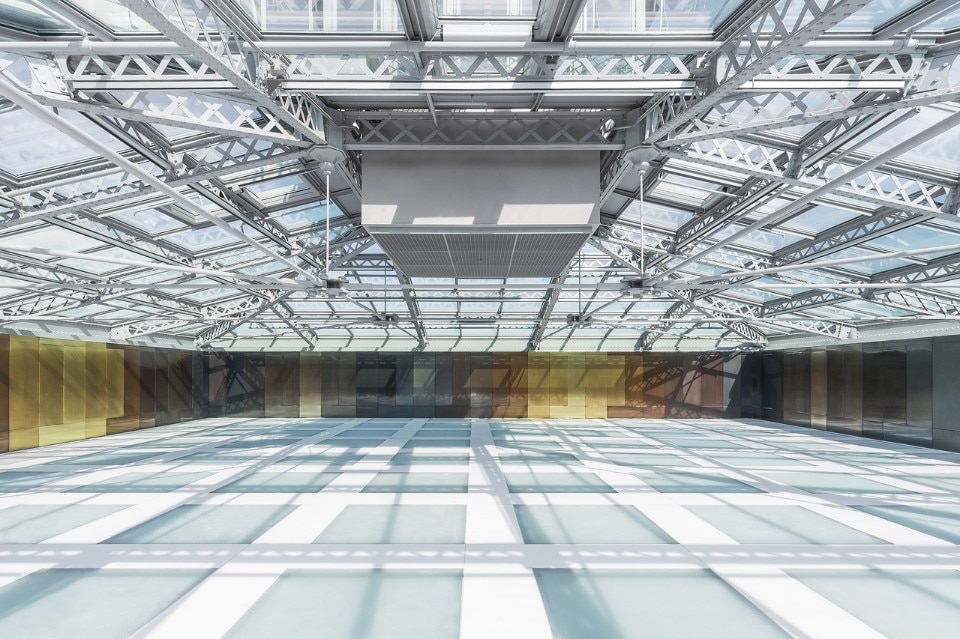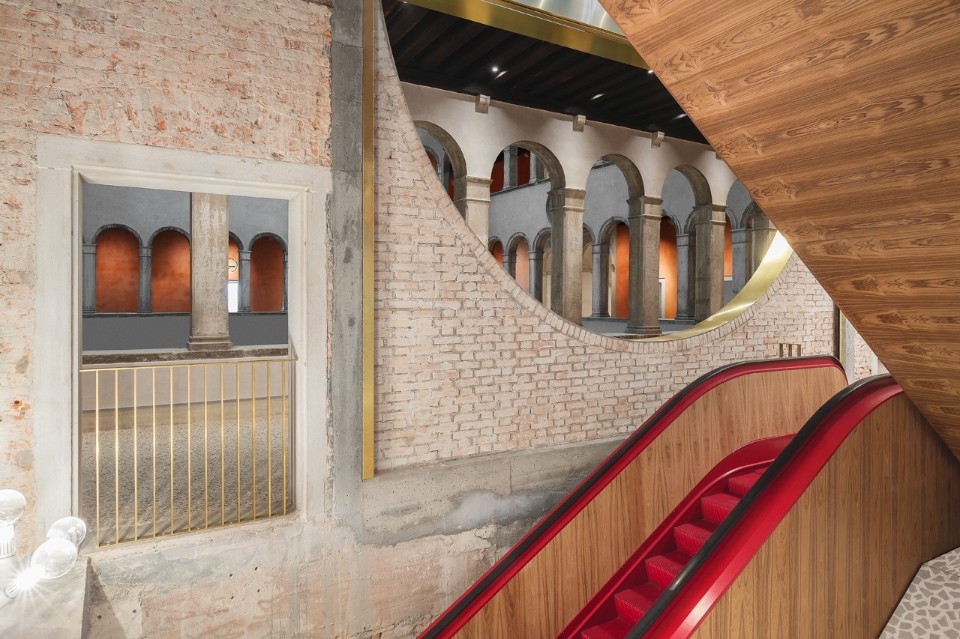
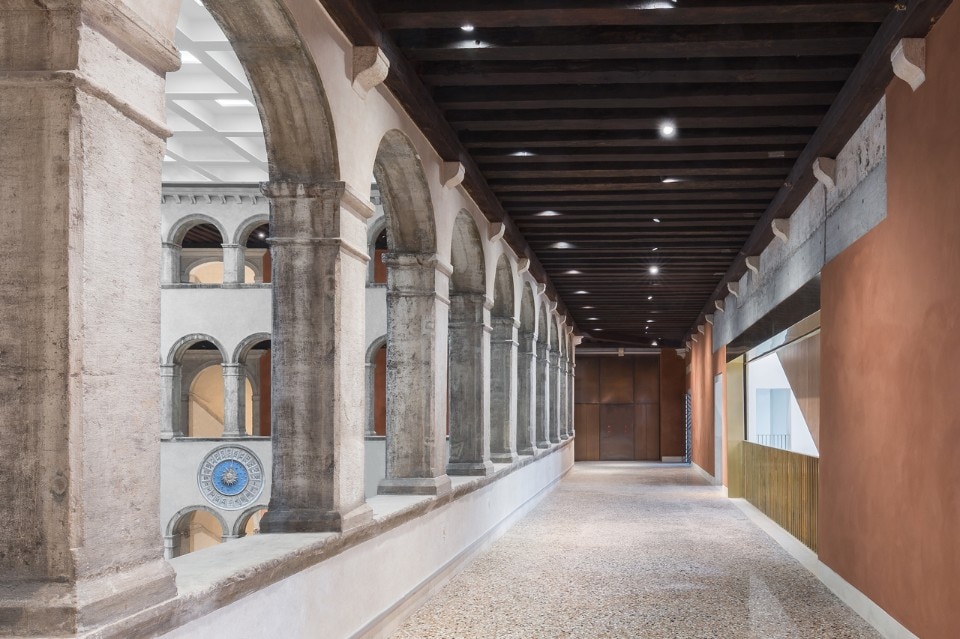
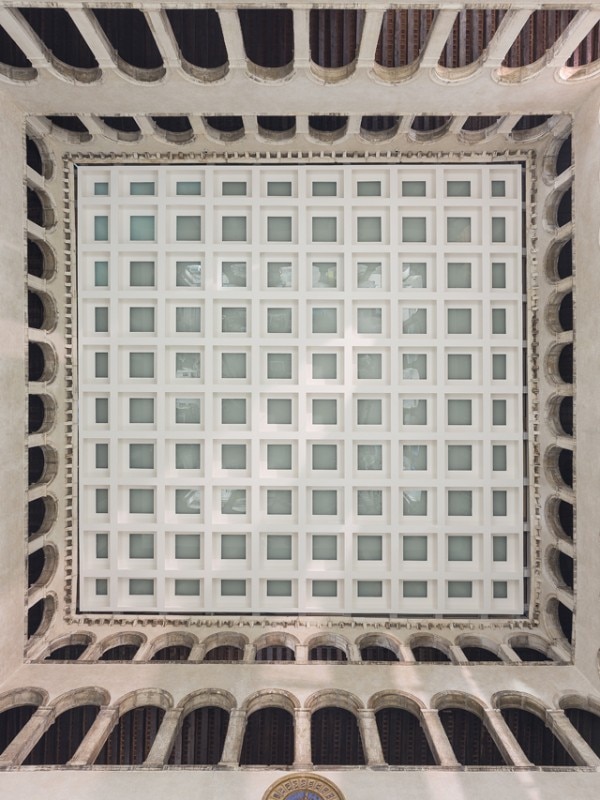
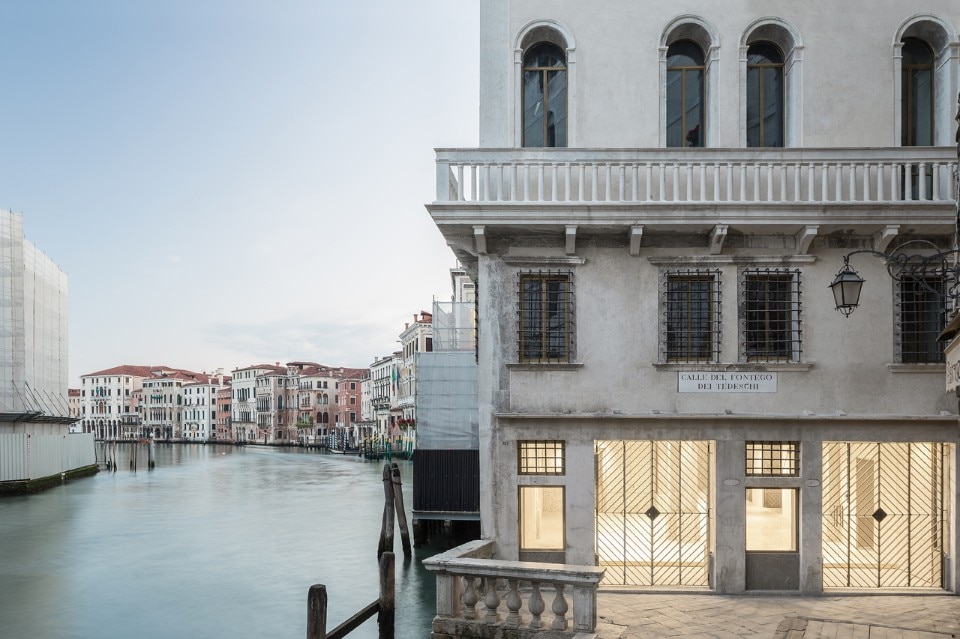
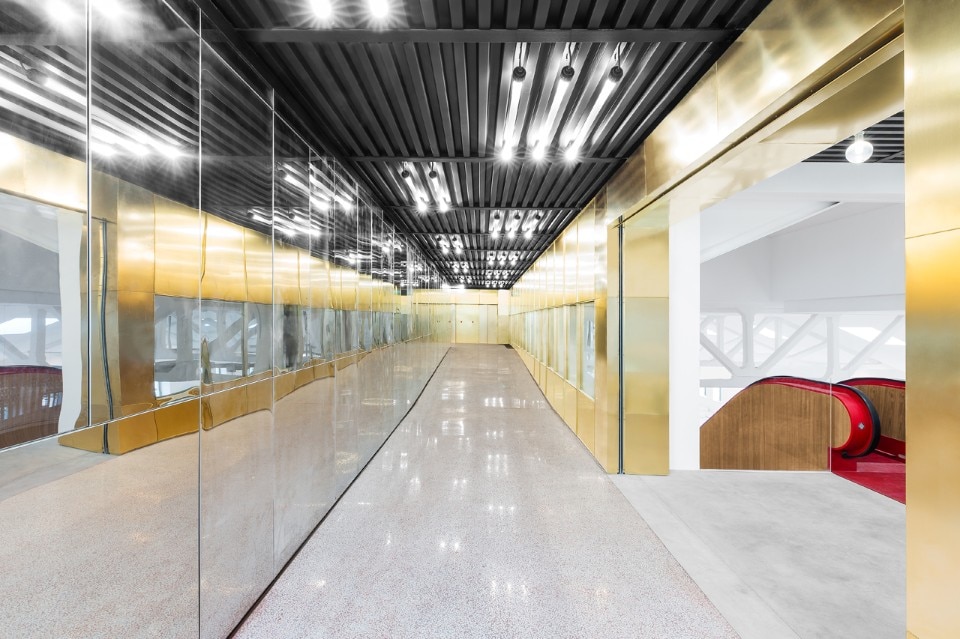
Fondaco dei Tedeschi, Venice, Italy
Program: historical building renovation
Client: Edizione S.r.l.
Partners: Rem Koolhaas, Ippolito Pestellini Laparelli
Project architects: Francesco Moncada, Silvia Sandor
Concept team: Marco De Battista, Andrew Chau, Paul Feeney, Alice Grégoire, Ricardo Guedes, Andreas Kofler, Kayoko Ota, Pietro Pagliaro, Miriam Roure Parera, Carlos Pena, Ciprian Rasoiu, Agustín Pérez Torres
Design team: Giacomo Ardesio, Paul Feeney, Alice Grégoire, Ricardo Guedes, Giulio Margheri, Pietro Pagliaro, Cecilia del Pozo, Ciprian Rasoiu, Jan de Ruyver, Miguel Taborda
Construction team: Aleksandar Joksimovic, Leonardos Katsaros, Francesco Moncada, Federico Pompignoli
Preservation architect: TA Architettura S.r.l.
Structural engineering: Tecnobrevetti S.r.l.
MEP engineering: Politecnica Ingegneria e Architettura
Safety and coordination: Antonio Girello
Fire safety: Sicurtecno
Contractor: SACAIM S.p.A.
Lighting: Viabizzuno
Area: 9,000 sqm
Completion: 2016


